Pollution is no longer just a distant, abstract threat. It’s here, it’s real, and it’s changing the face of our planet right before our eyes. One of the most shocking areas where its impact is evident is in the mutations seen in the animal kingdom. From sea creatures to land dwellers, nature’s resilience is being put to the test. Here, we’re diving into 13 astonishing examples of mutated animals that highlight just how deep the roots of pollution have sunk into our world.
1. Two-Headed Turtles
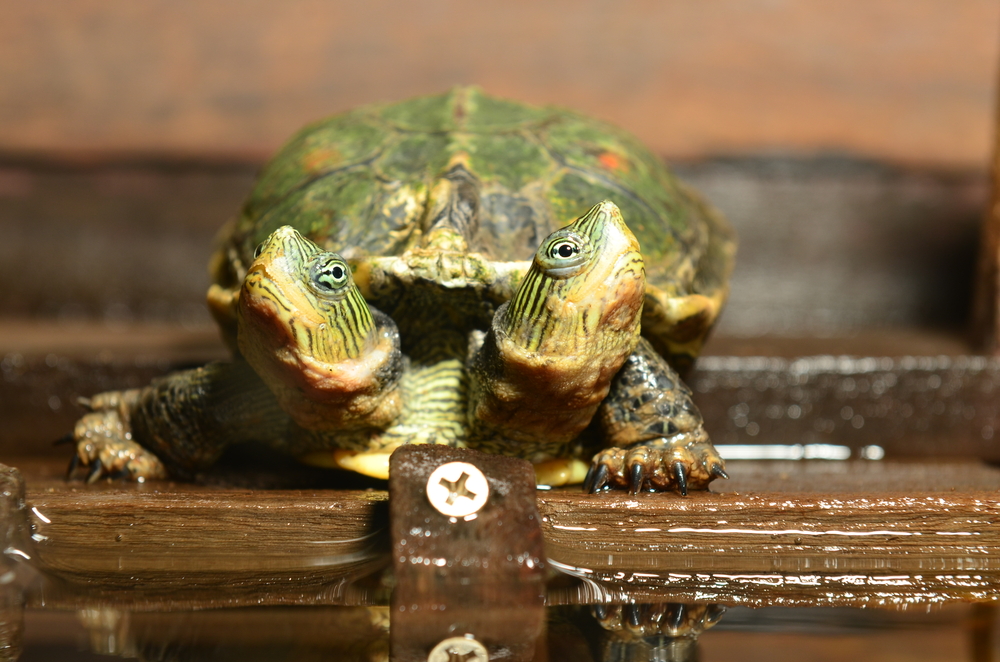
Imagine coming across a turtle with not one, but two heads. These rare and bewildering creatures have been spotted more frequently in polluted environments. The Washington Post reported on a particularly famous two-headed loggerhead turtle born in South Carolina, drawing attention to the increasing frequency of such mutations. Pollution, particularly from chemicals and plastics, is thought to be a significant factor contributing to these anomalies. It’s a glaring reminder of the toll human activity takes on wildlife.
These turtles struggle significantly more than their single-headed counterparts. Navigating the world is doubly challenging, making survival in the wild almost impossible. Even in these circumstances, their unexpected appearances continue to intrigue scientists and conservationists alike. They serve as living, breathing evidence of the effects of pollution on genetic makeup. It’s a poignant reminder of the environmental challenges we need to address urgently.
2. Intersex Fish
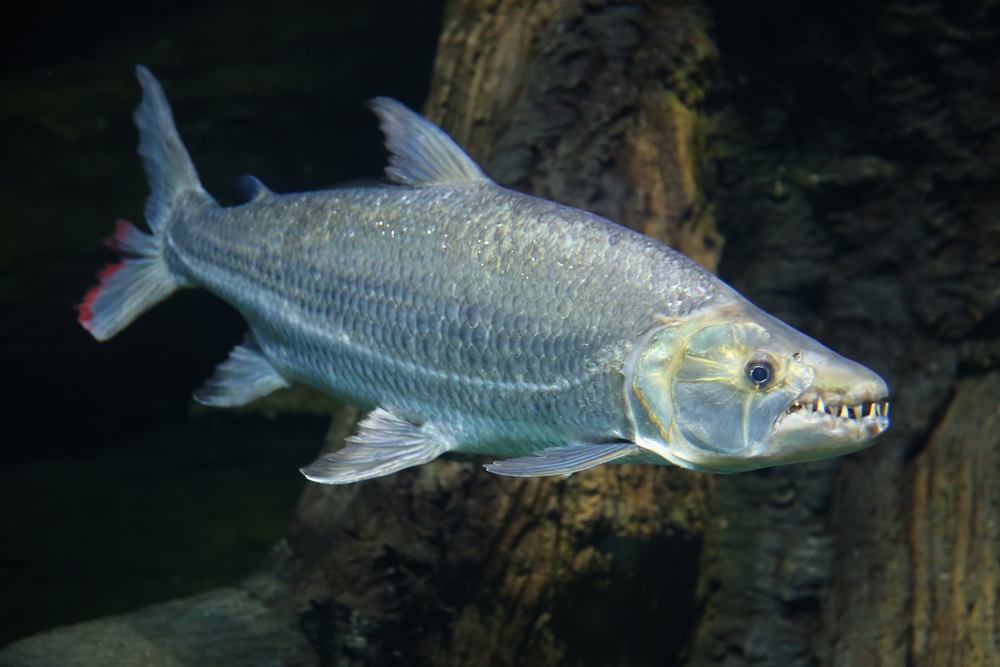
In rivers and lakes around the world, scientists have discovered fish exhibiting both male and female characteristics. These intersex fish are becoming alarmingly common, particularly downstream from wastewater treatment plants. The chemicals causing these mutations often come from pharmaceutical and personal care products. This disrupts the endocrine systems of fish, leading to these drastic changes. The presence of intersex fish is a stark indicator of water pollution affecting aquatic life.
These mutations can have severe consequences for fish populations. Intersex fish often face reproductive challenges, which can impact population numbers. This disruption in the natural order could have ripple effects through entire ecosystems. As you look at these fish, it’s a vivid illustration of how human activity leaves its mark on the natural world. It’s a call to action for better waste management and pollution control.
3. Albino Alligators
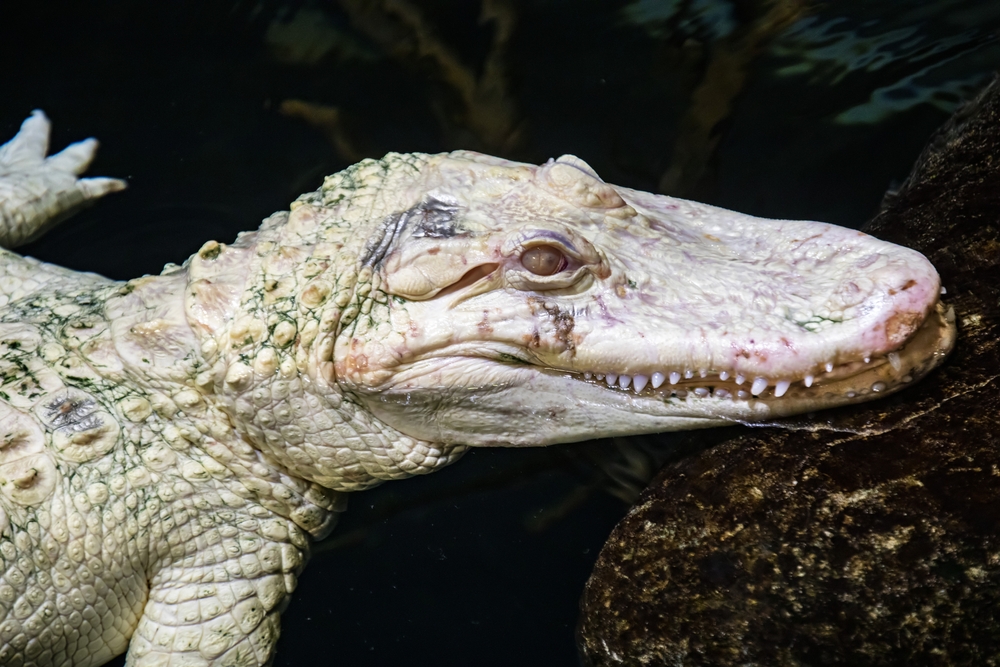
Albino alligators are not just rare; they are a striking example of nature gone askew. With their milky white skin and pink eyes, these creatures are more sensitive to sunlight and more visible to predators. According to National Geographic, pollution has been linked to increased occurrences of albinism in various species. Chemicals that interfere with pigment production are often the culprits. These majestic creatures are nature’s way of signaling that all is not well in their habitats.
Albinism poses significant survival hurdles. As their camouflage is affected, albino alligators are more susceptible to being spotted by predators and less likely to sneak up on prey. They also face challenges with sun exposure, as their lack of pigment makes them more prone to sunburns. The prevalence of these animals serves as a stark reminder of the dangers that pollution poses to wildlife. It’s an urgent plea for environmental stewardship to preserve natural habitats.
4. Deformed Amphibians
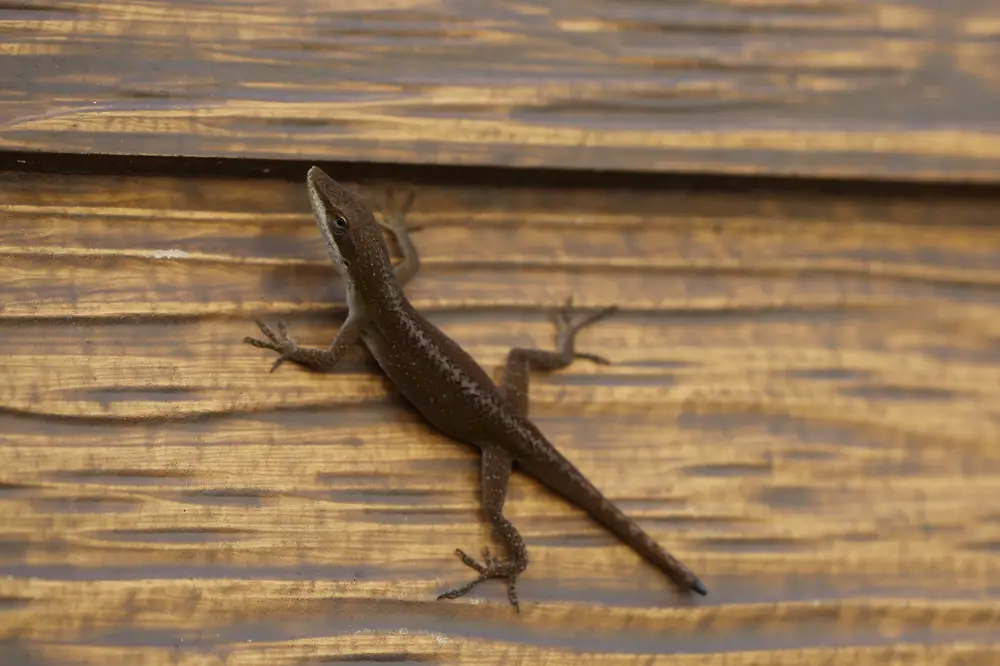
Amphibians, known for their permeable skin, are highly sensitive to environmental changes. This makes them particularly vulnerable to pollution, which can lead to deformities. Instances of frogs and toads with missing or extra limbs have been reported across the globe. These physical mutations often result from pollutants interfering with their development. Because they are so susceptible, amphibians act as an environmental barometer, warning us of the ecological imbalance.
Such deformities severely affect their ability to survive. Frogs and toads rely on their limbs for movement, hunting, and evading predators. Deformed limbs can leave them vulnerable and unable to reproduce effectively. As sentinels of the ecosystem, their plight is a reflection of the broader environmental challenges stemming from pollution. Addressing these issues is vital for the survival of countless species interconnected with amphibians.
5. Butterflies with Asymmetrical Wings

Butterflies are often the symbol of transformation and beauty in nature. But pollution is increasingly causing these delicate creatures to emerge with asymmetrical wings. This anomaly is troubling not just for its aesthetic implications but also for the survival challenges it poses. According to a study published in the Journal of Insect Conservation, these asymmetries are often linked to chemical pollutants affecting developmental stages. This disruption can lead to difficulties in flying and evading predators, impacting their survival rates.
The appearance of asymmetrical wings highlights the vulnerability of butterflies to their environment. They rely heavily on symmetry for balance and efficiency in flight. When this balance is disrupted, it affects their ability to feed and escape danger. Their plight is a powerful reminder of the far-reaching effects of pollution on even the most fragile of creatures. It underscores the importance of reducing chemical pollutants in their natural habitats.
6. Fish with Tumors
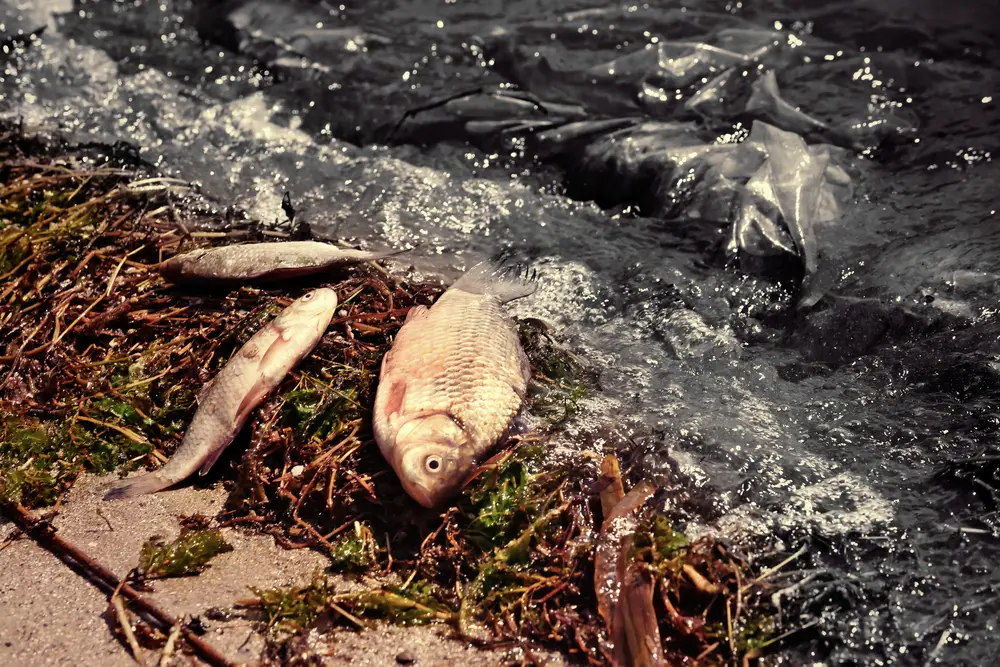
The sight of fish with tumors is becoming more common in polluted waters. Tumors, once a rarity, are now seen in various fish species exposed to contaminated environments. These growths result from prolonged exposure to hazardous chemicals and toxins. The situation is particularly dire in areas with high levels of industrial waste and oil spills. Fish, being at the mercy of their surroundings, are a clear indication of pollution’s harsh impact.
These tumors can significantly impact fish health and survival. They often interfere with normal bodily functions, reducing the fish’s ability to feed and fend off disease. Tumor-ridden fish also face challenges in reproduction, threatening population stability. The presence of these sickly creatures in our waters is a distressing sign that pollution is not just an abstract problem but a pressing reality. It draws attention to the urgent need for cleaning up our waterways.
7. Birds with Beak Deformities
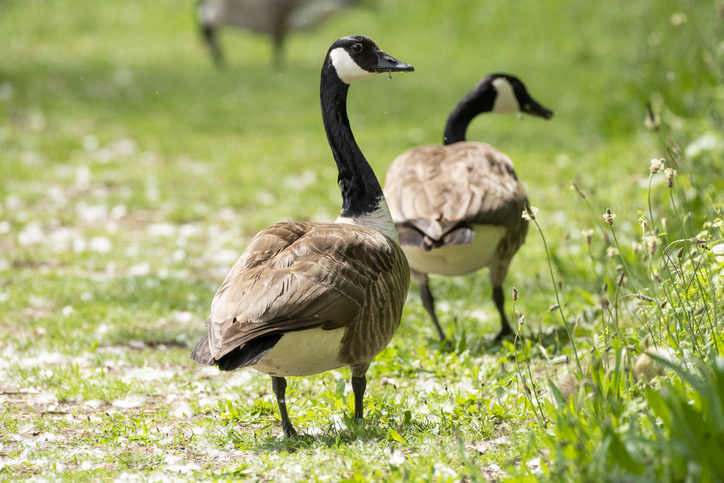
Birds, usually seen as symbols of freedom, are not immune to the effects of pollution. Increasingly, scientists are observing birds with severe beak deformities. The study published in the journal Environmental Science and Technology highlighted that these deformities are linked to pollution, specifically heavy metals and other toxic substances. These beak abnormalities can prevent proper feeding and preening. The implications of these deformities extend beyond individual birds, affecting entire populations.
Deformed beaks present significant challenges for survival. Birds rely on their beaks for eating, grooming, and building nests. A deformed beak can impair these essential activities, leading to malnutrition and poor health. Over time, this can impact reproduction and population growth. The plight of these birds is a poignant reminder of how deeply pollution infiltrates the natural world, urging us to rethink our environmental impact.
8. Crabs with Missing Claws
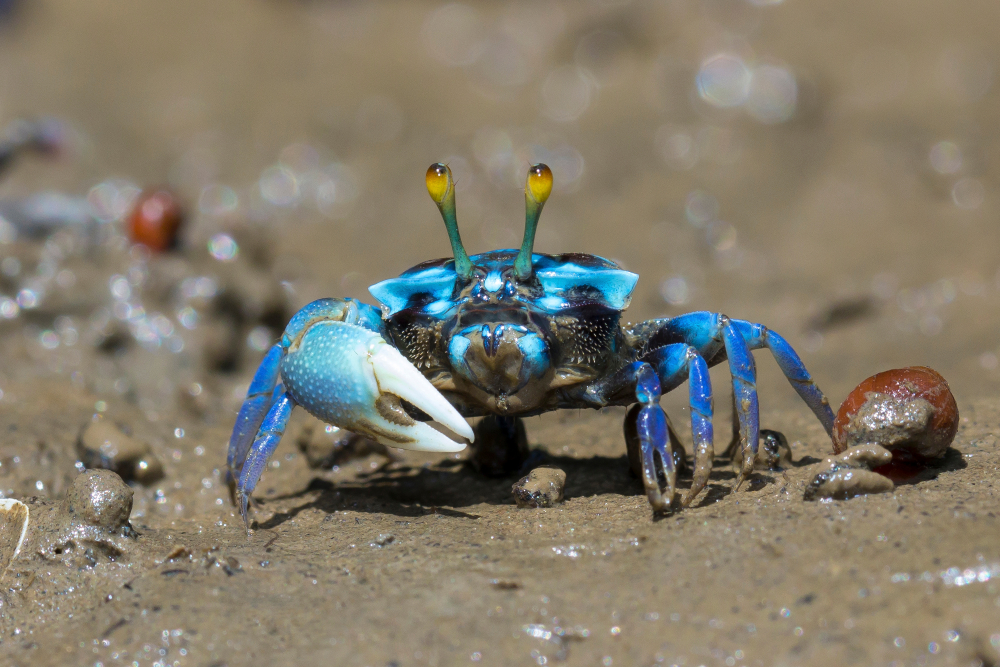
In recent years, crabs with missing or malformed claws have been spotted more frequently. This alarming trend is particularly evident in areas heavily impacted by pollution. Claws are essential for crabs to feed, defend themselves, and mate successfully. When these vital limbs are absent or impaired, it profoundly affects their ability to thrive. The increase in such abnormalities is a distressing signal of environmental degradation.
Crabs with missing claws face significant survival challenges. They struggle to compete for food and are more vulnerable to predators. These physical impediments also impact their ability to reproduce, which can have cascading effects on crab populations. The prevalence of these deformities serves as a stark warning about the impact of pollution on aquatic life. It’s a call to action for better environmental practices to preserve marine biodiversity.
9. Mammals with Skin Lesions
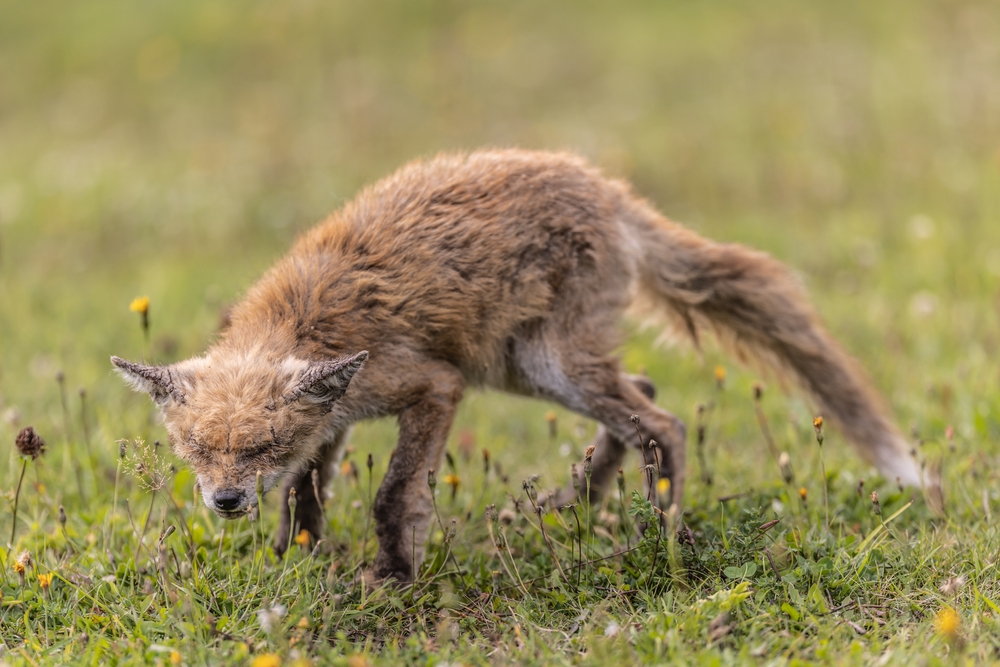
Mammals living near polluted areas are increasingly being found with skin lesions. These lesions are often painful and can become infected, leading to more severe health issues. Pollution, particularly from chemical runoff and industrial waste, is believed to be a major contributing factor. These lesions not only impact the health of these animals but also their ability to interact with their environment. As mammals, they offer a visible testament to the harmful effects of pollution.
Skin lesions can significantly impair an animal’s quality of life. They may lead to discomfort, pain, and a greater risk of infection. This can affect their ability to hunt, mate, and care for their young. As these mammals struggle to cope with the challenges posed by their environment, they highlight the broader implications of pollution for wildlife. It’s a sobering reminder of the need to protect and restore natural habitats.
10. Toads with Eye Abnormalities
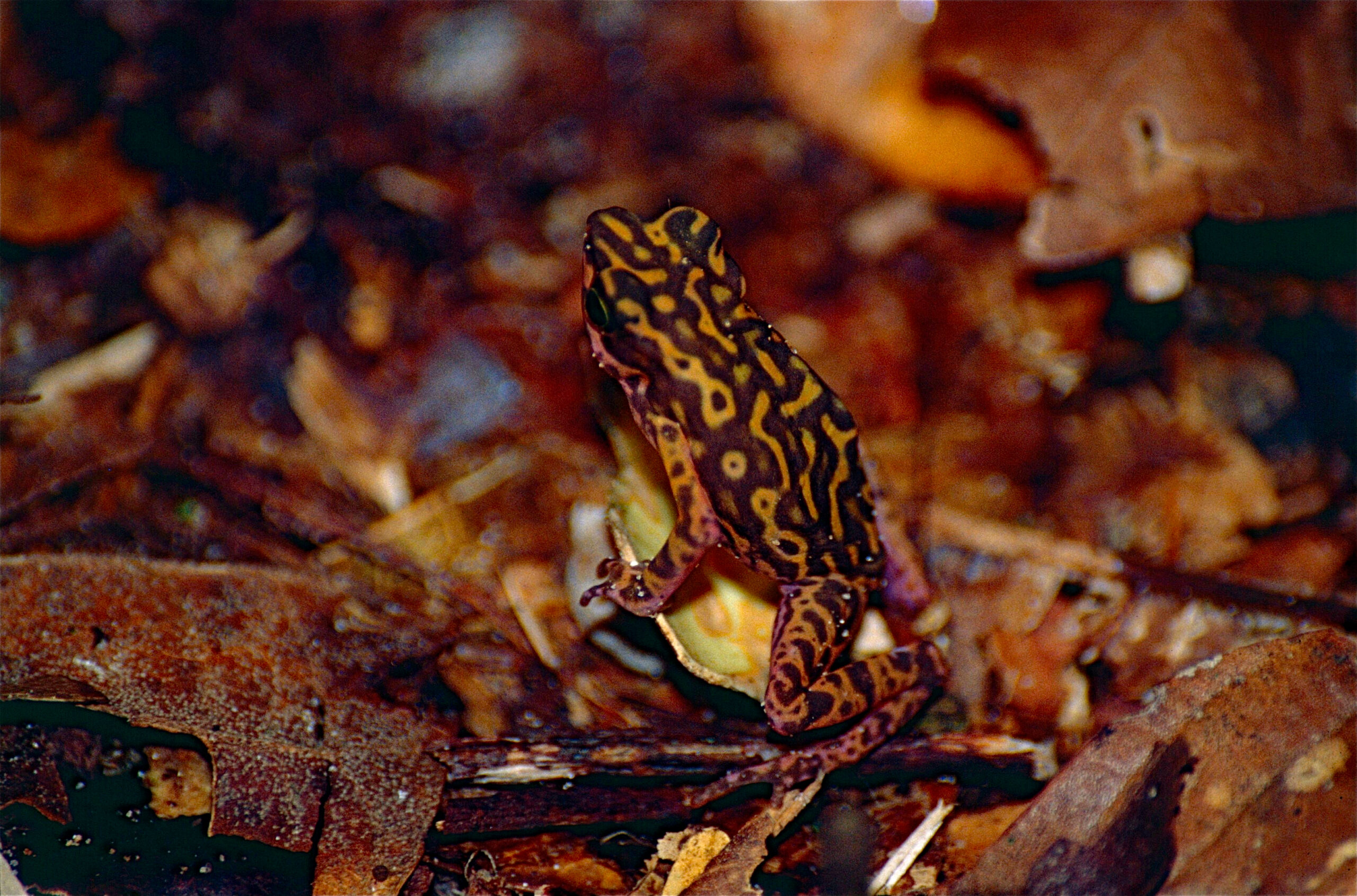
Toads with eye abnormalities are being reported in increasing numbers. These deformities range from malformed eyes to complete blindness. Pollution is suspected to play a key role, particularly exposure to harmful chemicals during critical stages of development. As amphibians, toads are especially sensitive to environmental changes and pollutants. The rise of these abnormalities is a clear signal that their ecosystems are under threat.
Eye abnormalities can severely impact a toad’s survival prospects. Vision is crucial for finding food, avoiding predators, and navigating their surroundings. When these capabilities are compromised, it can significantly affect their quality of life and ability to thrive. The presence of these deformed toads is a strong indication of the pressures being exerted on their habitats. It’s a compelling reason to step up conservation efforts and pollution control.
11. Insects with Body Deformities
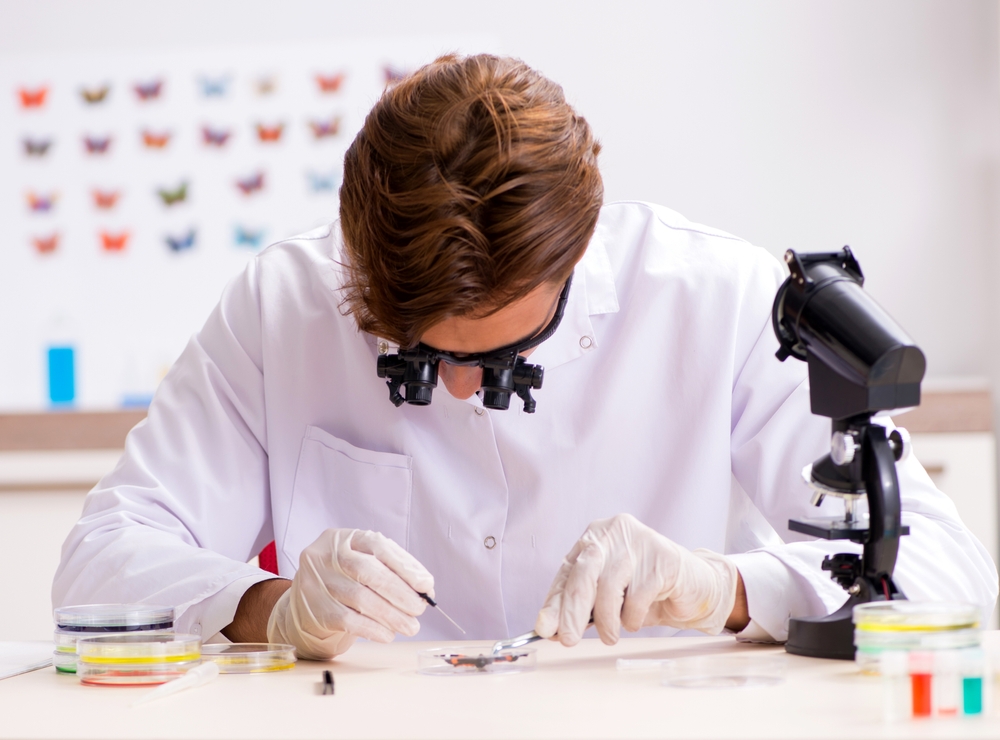
Even the smallest creatures in our ecosystems are not immune to pollution’s reach. Insects with body deformities, such as misaligned wings or abnormal growths, are being recorded more frequently. These anomalies often result from exposure to toxic substances or environmental stressors. Insects play vital roles in pollination, pest control, and as food sources for other animals. Their health is inherently tied to the health of entire ecosystems.
Body deformities can drastically affect an insect’s functionality. Malformed wings can inhibit flight, while other abnormalities can impede movement or feeding. This can reduce their effectiveness in performing ecological roles, such as pollination. As these deformed insects struggle, they provide a poignant reminder of pollution’s pervasive impact. Addressing these issues is crucial for maintaining the balance and health of ecosystems.
12. Reptiles with Shell Deformities
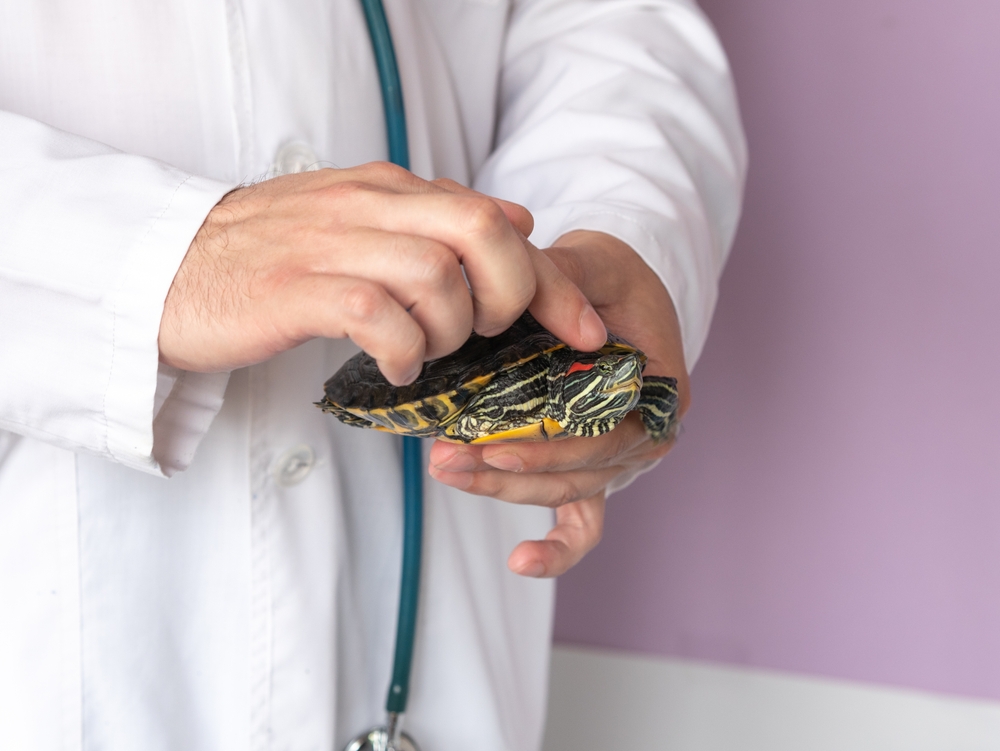
Reptiles, such as turtles and tortoises, are increasingly being found with shell deformities. These abnormalities often occur due to pollution, particularly during critical growth periods. Shell deformities can severely affect a reptile’s ability to protect itself and regulate its body temperature. This can lead to increased vulnerability to predators and environmental stressors. As these creatures bear the brunt of pollution, they underscore the need for environmental vigilance.
Shell deformities can cause significant distress for reptiles. A malformed shell can impair mobility and make it difficult to find shelter. These physical challenges can also impact their ability to reproduce and survive in the wild. The growing prevalence of these deformities is a stark reminder of the impact of pollution on even the most resilient species. It’s a call to action to safeguard their habitats and ensure their survival.
13. Aquatic Creatures with Abnormal Coloration
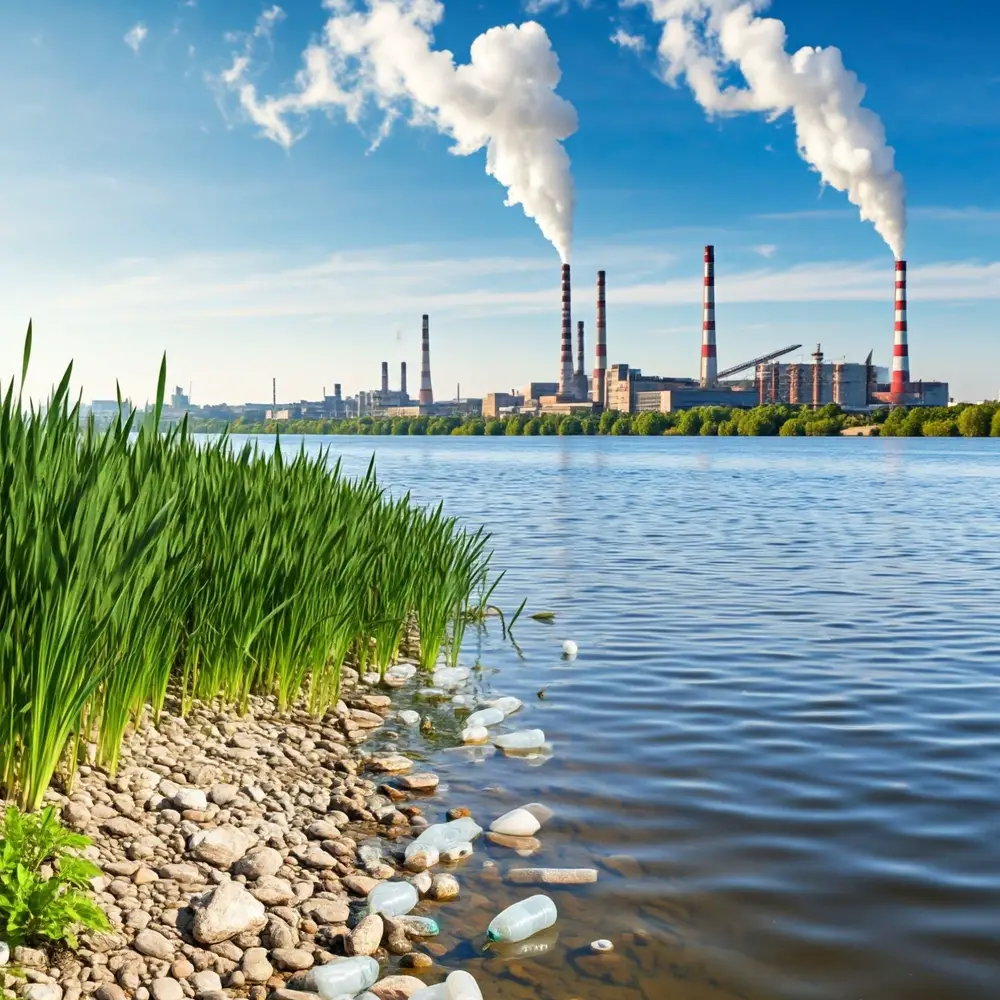
Aquatic creatures, known for their vibrant colors, are increasingly seen with unusual colorations. Pollution, particularly from chemical runoff, is believed to be altering their pigmentation. These changes are not just cosmetic; they can affect an animal’s ability to camouflage and evade predators. The altered coloration serves as a visual indicator of the health of their environment. It’s a vivid reminder of the effects of pollution on marine life.
Abnormal coloration can drastically affect an aquatic creature’s survival. Camouflage is a critical defense mechanism in the wild, and when this is compromised, it leaves them vulnerable. These creatures struggle to find food and avoid predators, impacting their overall health and survival. As these color changes become more common, they highlight the pressing need for improved pollution control measures. It’s an urgent appeal to protect marine ecosystems for future generations.
